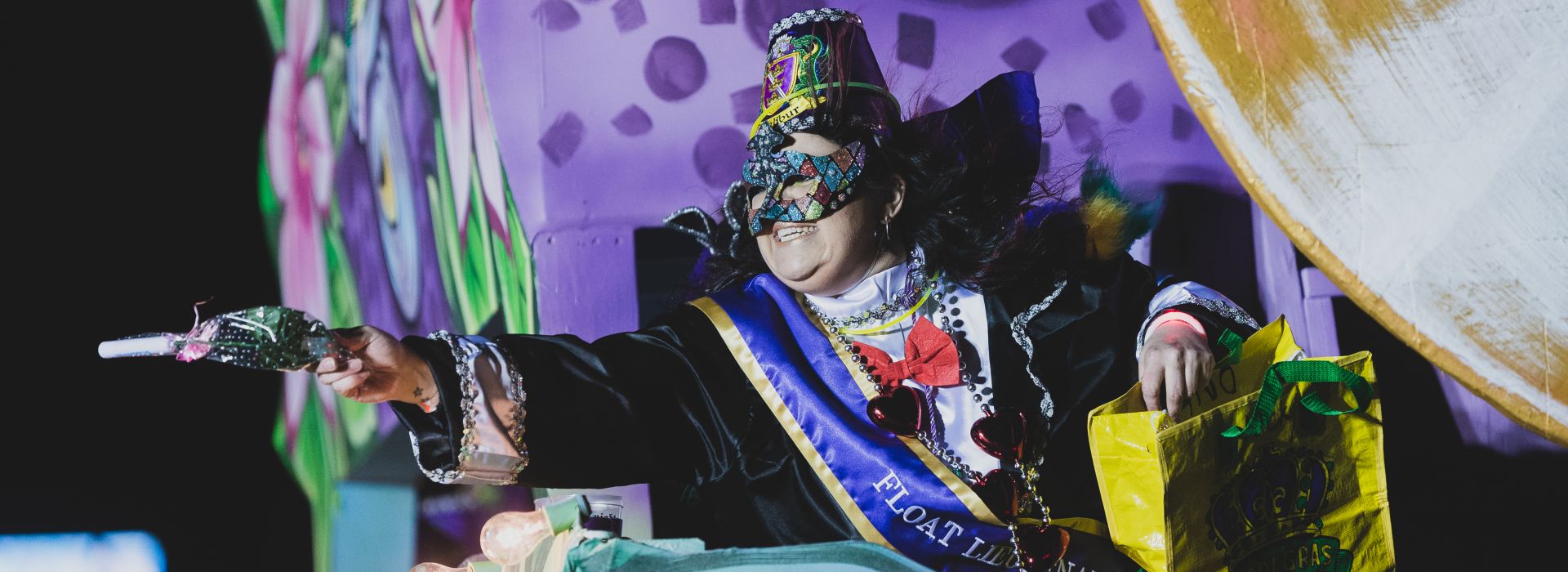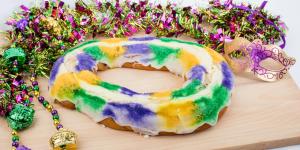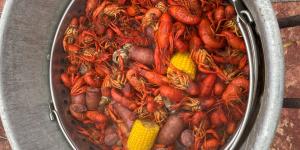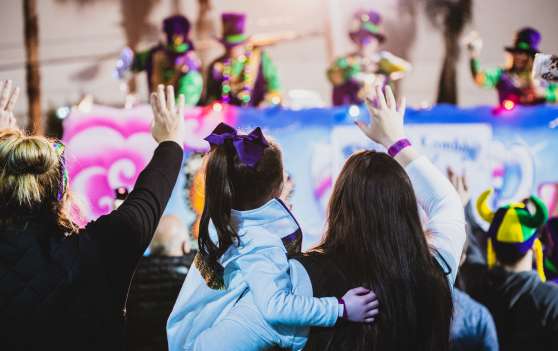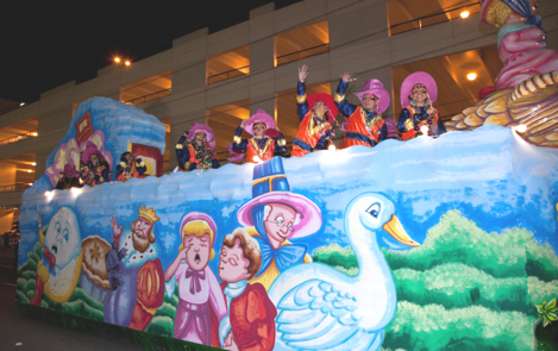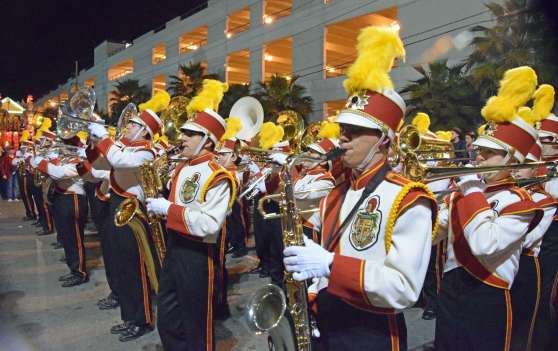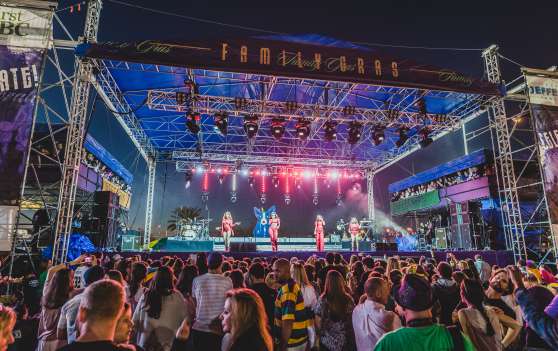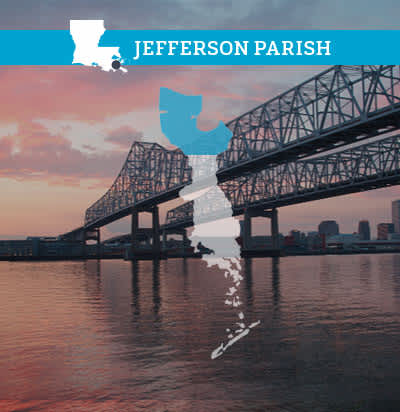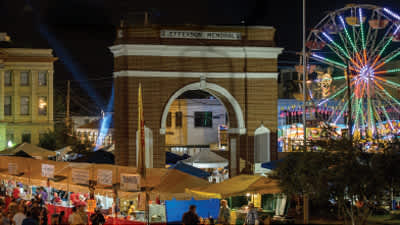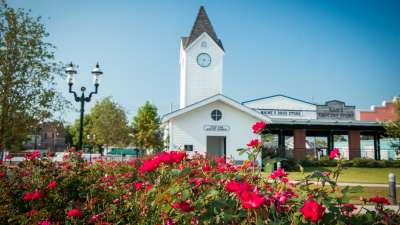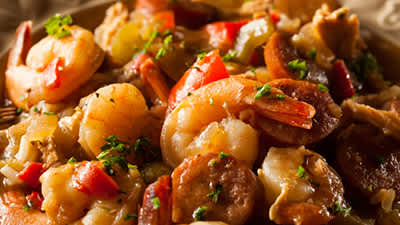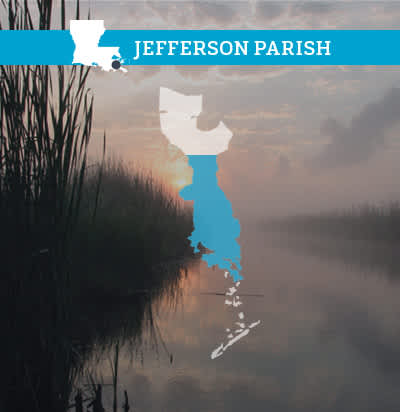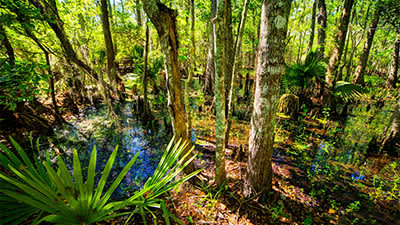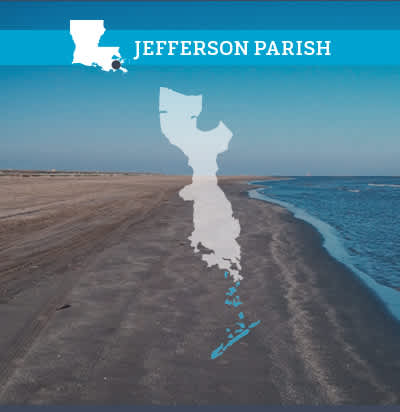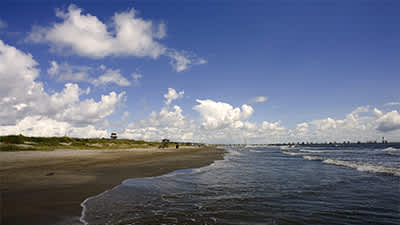Mardi Gras History
Mardi Gras was brought to Louisiana by early French settlers. The first record of the holiday was in Louisiana in 1699. The starting date of festivities in New Orleans is unknown, but an account from 1743 notes that the custom of Carnival balls was already established by that date. Processions and masking in the streets on Mardi Gras Day were sometimes prohibited by law but were quickly renewed whenever such restrictions were lifted or enforcement waned. In 1833 Bernard Xavier de Marigny de Mandeville, a rich plantation owner, raised money to fund an official Mardi Gras celebration.
On Mardi Gras of 1857, the Mystic Krewe of Comus held its first parade. Comus is the oldest continuously active Mardi Gras organization and started a number of traditions (for example, the use of floats in parades) and is considered the first Carnival krewe in the modern sense. War, economic, political, and weather conditions sometimes led to the cancellation of some or all major parades, especially during the American Civil War and World War II, but a celebration of Carnival has always been observed in the city.
Today, many krewes operate under a business structure; membership is open to anyone who pays dues to have a place on a parade float. In contrast, the old-line krewes use the structure of the parades and balls to extend the traditions of the debutante season in their social circles.
Jefferson Parish Carnival Krewes are steeped in tradition and parade through the parish enchanting our community and visitors alike. As the people of Jefferson Parish celebrate Mardi Gras, they embody this tradition that makes us such a unique destination. Krewes embrace the traditions of royalty, pageantry and costuming, along with modern whimsical and unique presentations.
The Colors of Mardi Gras
The traditional colors of Mardi Gras are purple, green, and gold. These are said to have been chosen in 1892 when the Rex Parade theme "Symbolism of Colors" gave the colors their meanings.
- Purple - Justice
- Green - Faith
- Gold - Power
Find more Mardi Gras inspiration!



